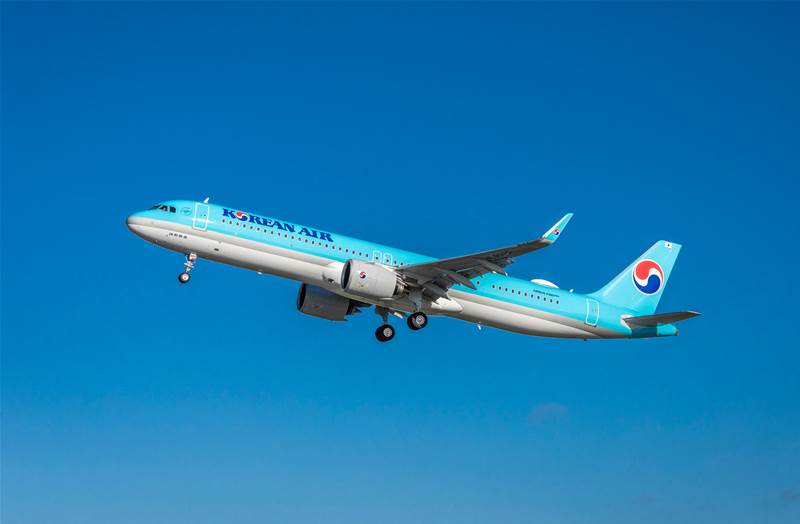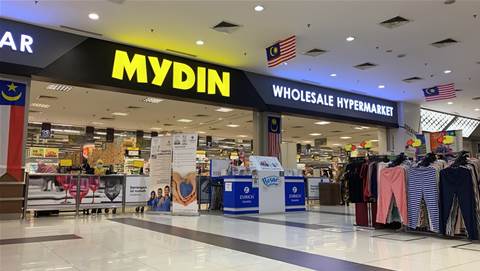South Korea’s largest airline Korean Air has rolled out new architecture to modernise its critical systems and connect them with internal and partner apps.
It migrated to the cloud to keep up with customer demands, growing volumes of data, and to respond quickly to changing requirements.
The airline has also doubled load tolerance for faster transactions and create a smoother user experience. This also means systems such as cargo integration platform (CIP) and passenger integration platform (PIP) are more reliable, reducing the risk of low customer satisfaction scores.
With support from Red Hat Consulting, the airline team used Red Hat Integration and Red Hat Application Foundation to get critical apps connected and cloud ready.
Korean Air's Moon Ji Young from the IT Strategy Department, passenger IT Team said an airline’s systems are very complex and require many applications to work together seamlessly without conflicts.
“We saw significant performance gains as a result of using Red Hat technologies," she added.
This new environment has helped the firm to be secure and reliable with better processing power than the previous systems.
Korean Air, headquartered in the Gangseo District of Seoul, employs 17,000 people and serves 125 locations. The airline wanted IT systems to be fast, reliable, and scalable. But growing volumes of passenger data impacted system performance and disrupted daily operations. It also raised concerns on rising costs and vendor lock-in.
The firm decided to modernise IT systems and expand into the cloud to ensure providing a stable and trusted customer experience.
Transformation journey
Korean Air's Ahn Tae Soo from IT Strategy Department, passenger IT Team said they have to rely on middleware platforms to process operational and service data, and those need to integrate with both internal and affiliate or partner systems.
He shared an example where the CIP and PIP shape the customer experience from booking through the AMADEUS app to managing cargo with the iCargo app.
"These systems were over 20 years old and integrated with more than 100 passenger and 50 freight systems," he added.
The real-time service data syncs with different departments including customer service, finance, hospitality, and operations. Any delay in this process could impact the passenger experience or make cargo management more difficult for the airline.
The firm started getting its legacy environment cloud-ready for the migration to Amazon Web Services (AWS). Red Hat streamlined the implementation, addressing any issues that arose until the new environment was live and stable.
“We built hundreds of interfaces with Red Hat Application Foundations and integrated all the tools that developers, IT, and business teams need,” Ahn said.
Modernising critical systems
Korean Air now has a modern cloud environment supporting the customer experience.
“While it’s important to use technology with a modern user interface and the latest frameworks, it’s the availability and reliability of our environment that makes it truly innovative,” said Mr Ahn.
The improved communication between systems and data integration has helped the firm to reduce operational and maintenance costs, simplify meeting compliance and security requirements.
Korean Air said it is considering deploying Red Hat solutions to expand and optimise its environment. The airline has unveiled plans to explore Red Hat AMQ Streams, a distributed and scalable data streaming platform based on Apache Kafka. It allows microservices and applications to share data with high throughput and low latency.
“Red Hat AMQ Streams can support any environment at no extra cost, which aligns with our vendor-agnostic approach,” said Ahn.









